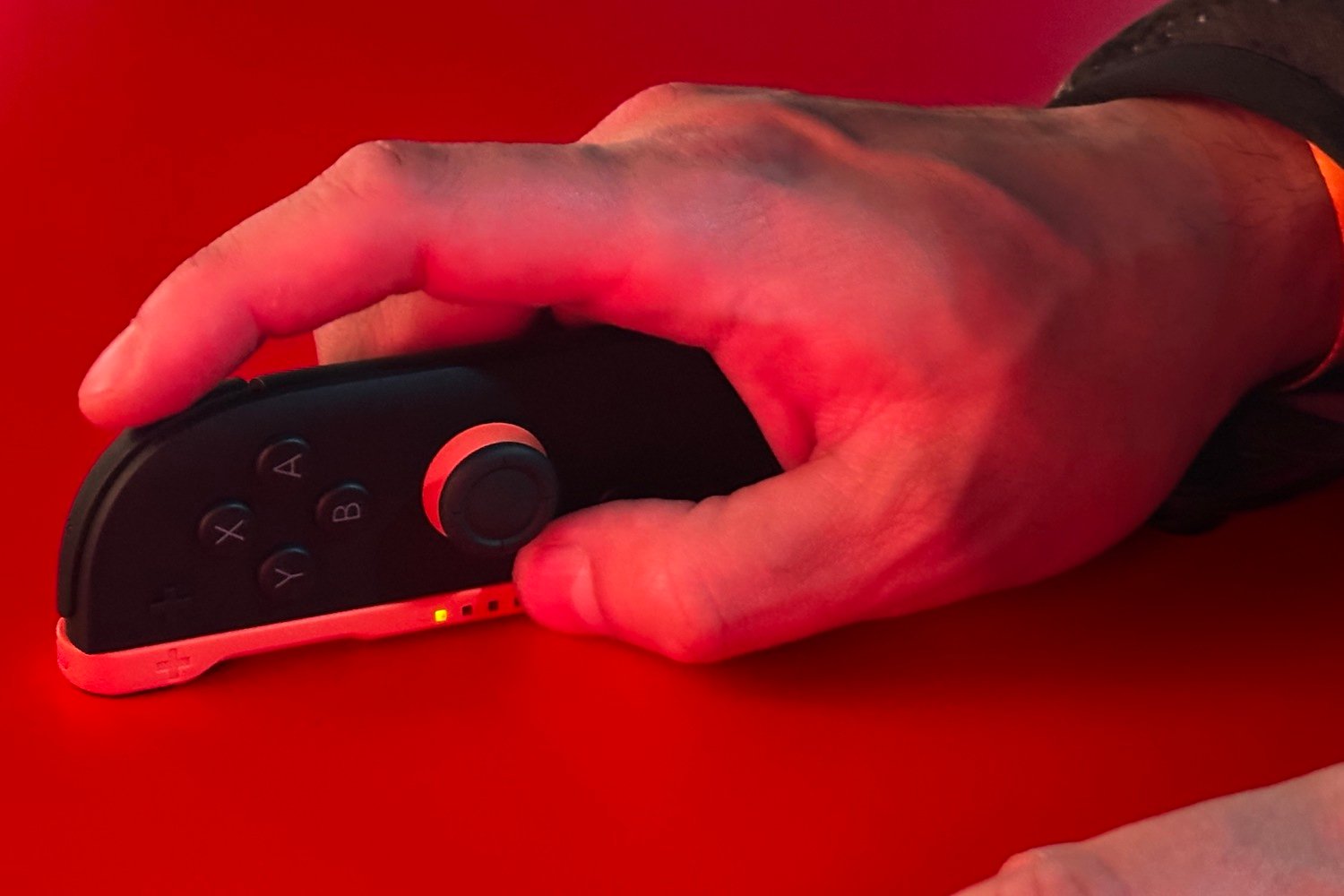Nintendo's Switch 2 Joystick Saga: Drift Dilemma Continues, But Gamers Aren't Giving Up

Nintendo Switch 2 Gamers, Get Ready for a Joystick Revolution!
Exciting news is brewing in the world of gaming peripherals, as Hall effect joysticks are poised to make a dramatic entrance for the Nintendo Switch 2's controllers. Fans who have long struggled with traditional analog stick drift may finally have a solution that promises unprecedented durability and precision.
Hall effect technology, which uses magnetic sensors to detect movement, could be a game-changer for the next-generation Joy-Cons. Unlike conventional joysticks that rely on physical contact and wear down over time, these innovative controllers would offer smoother, more reliable input with significantly reduced risk of degradation.
Industry insiders suggest that these advanced joysticks might be available shortly after the Switch 2's launch, giving gamers a cutting-edge alternative to traditional controller designs. This potential upgrade could address one of the most persistent complaints about the original Nintendo Switch controllers - stick drift.
While Nintendo has yet to officially confirm these developments, the gaming community is buzzing with anticipation. Gamers can look forward to a potentially more responsive and long-lasting controller experience that could set a new standard for handheld gaming input technology.
